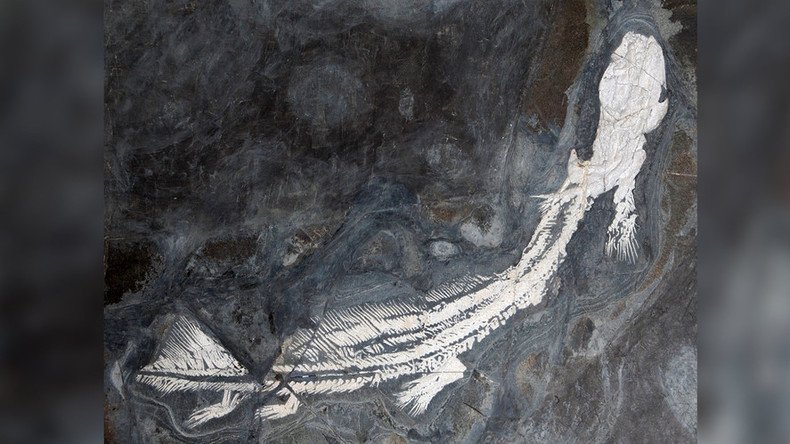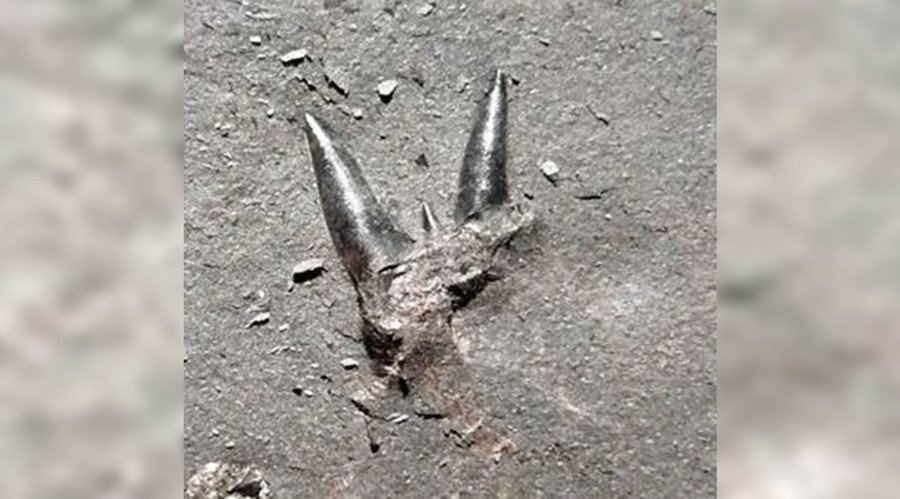Jurassic shark: Cannibalism of ancient Pangea predator exposed by fossilized poo (PHOTO)

A long-extinct shark that once lurked in the waters off the Pangea supercontinent was a cannibal predator, feeding on its own young and pooping them out in spiral shapes, scientists have found.
READ MORE: 'Genitalia-eating human-toothed’ fish pulled from Michigan lakes (PHOTO)
“Orthacanthus,” described as a long “eel-like” creature, existed 300 million years ago in what was a vastly different Paleozoic world, pockmarked with oily jungle lagoons.
While the fearsome predator was known for tearing apart prey in ancient coastal swamps, researchers working with an Irish university have determined for the first time that it actually turned to “filial cannibalism” and ate its own babies.
The macabre discovery, described in a study conducted by Trinity College Dublin student Aodhán Ó Gogáin, is based on fossilized excrement containing the teeth of juvenile Orthacanthus sharks found in a Canadian coalfield in New Brunswick.

The unusual spiral shape of the excrement is pretty damning evidence of the orthacanthus’s cannibalism, as the swamp creature is known to have had a corkscrew rectum.
Dr. Howard Falcon-Lang, co-author of the study published in Palaeontology journal, says it is not clear why the shark took to feeding on its own species, but believes it may have been due to food scarcity.
#DailyDinosaurFact!!#Fish#Orthacanthus#SharkWeek
— Pachy (@JW_Pachy) July 1, 2016
*orthacanthus art from jurassic world the game* pic.twitter.com/clO1VgZecg
“[T]he Carboniferous period was a time when marine fishes were starting to colonise freshwater swamps in large numbers,” he said. “It’s possible that Orthacanthus used inland waterways as protected nurseries to rear its babies, but then consumed them as food when other resources became scarce.”
Ó Gogáin agrees with his colleague’s assessment, revealing that the creature, which resembles a modern day bull shark, migrated backwards and forwards between coastal swamps and shallows seas in what was an “unusual ecological adaptation.”












